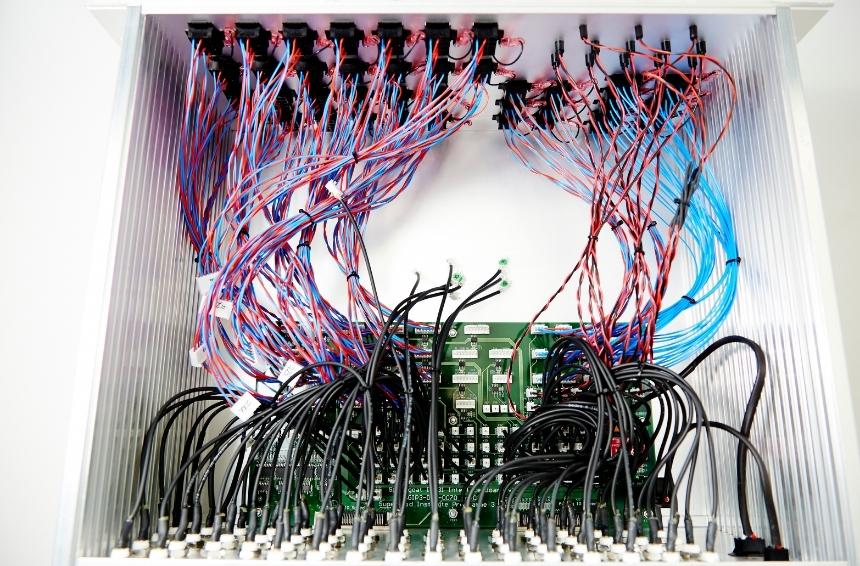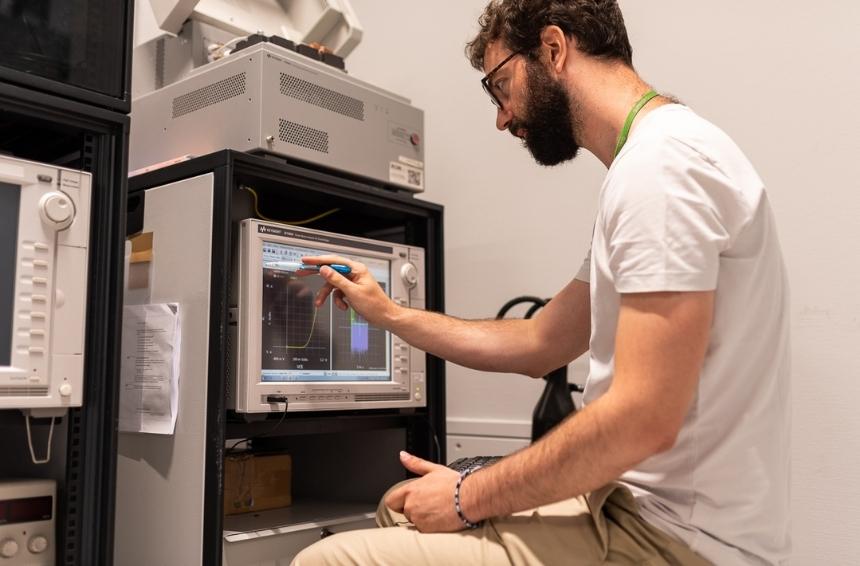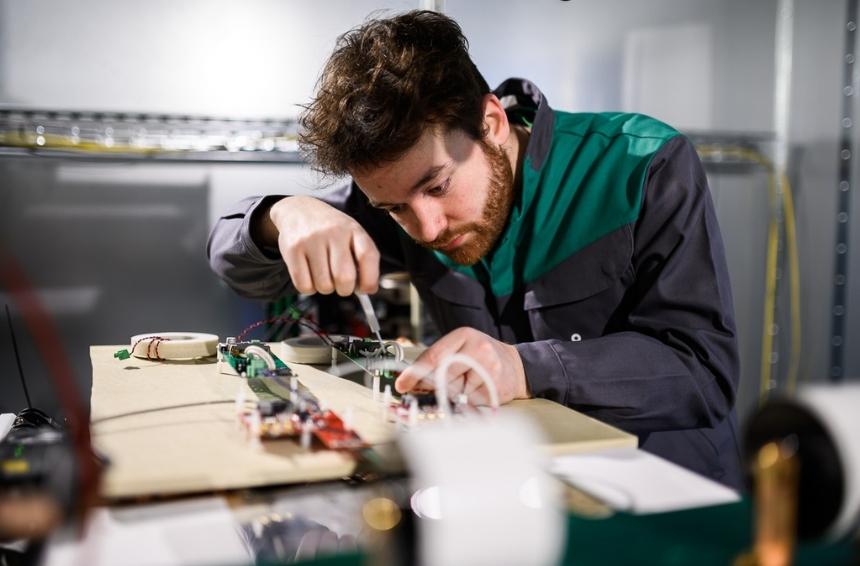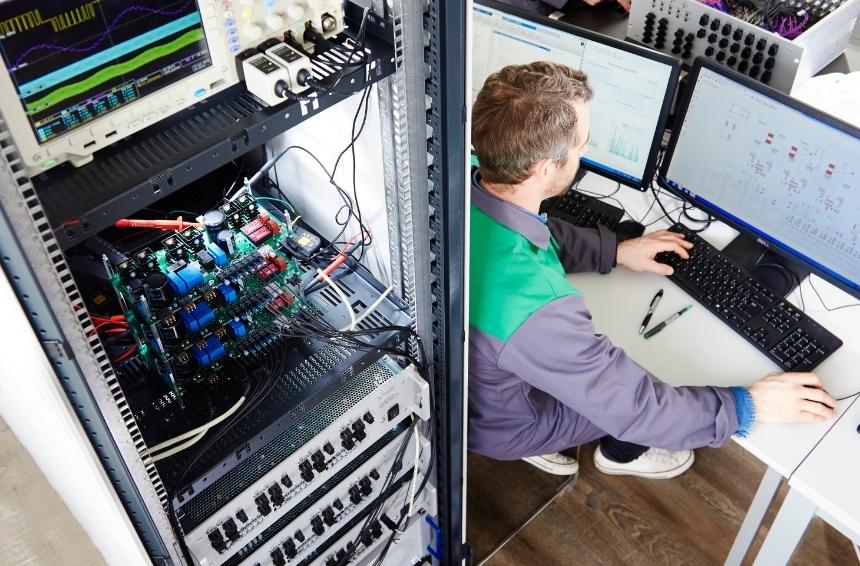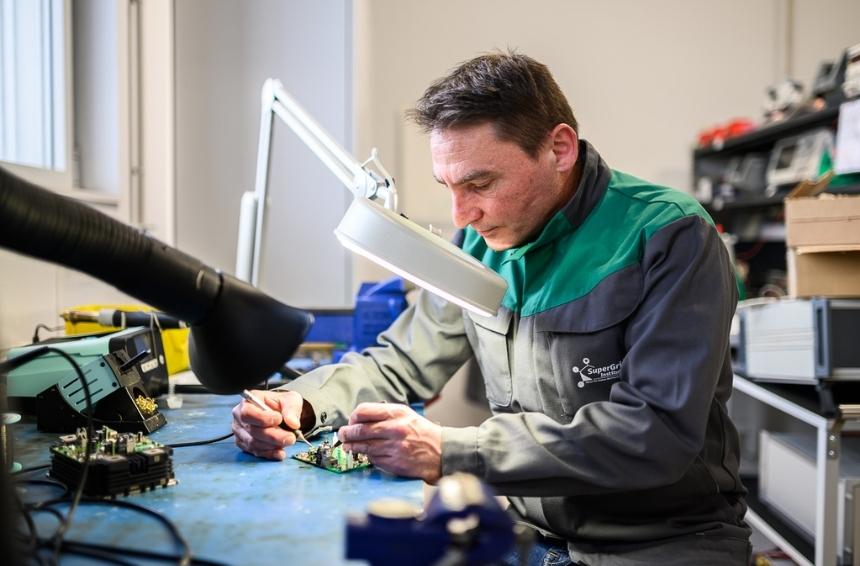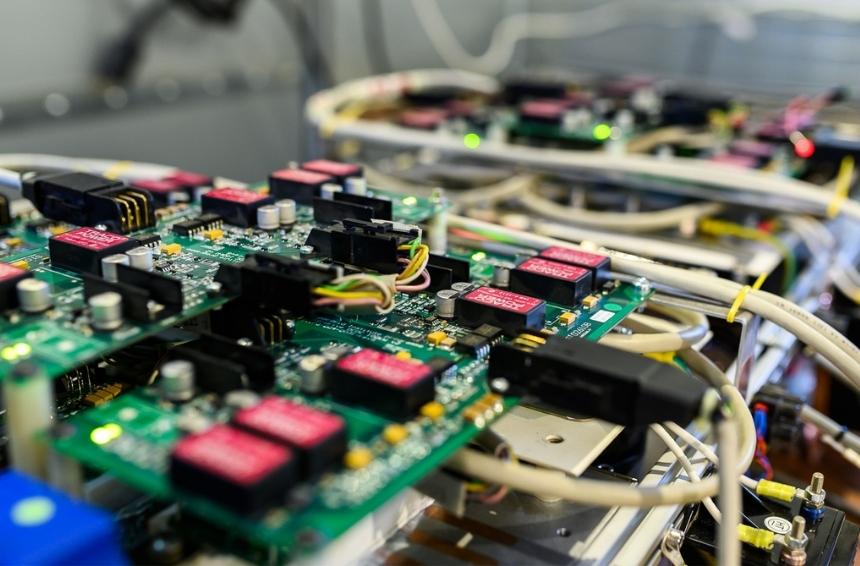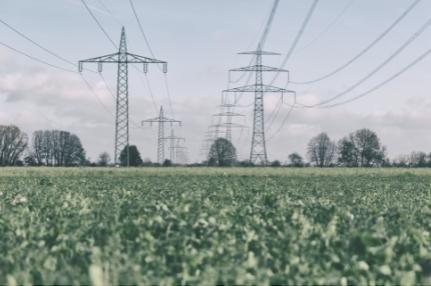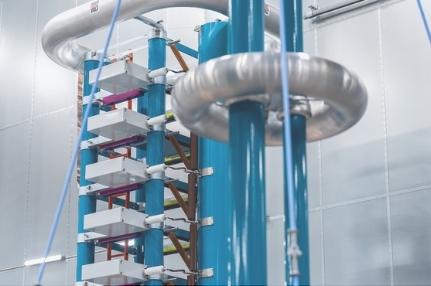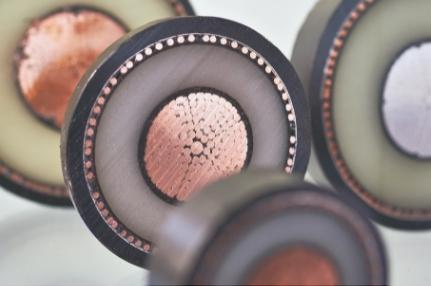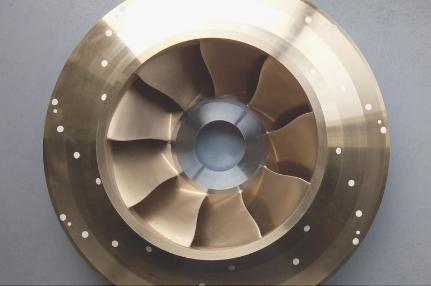Power Electronics & Converters
The Power Electronics and Converters department develops innovative power conversion solutions for HVDC and MVDC applications. In HVDC we focus on solutions for electricity transmission networks covering AC/DC and DC/DC converters, large buffer storage systems, and power flow controllers. In MVDC we study and develop technologies for distribution networks, with a focus on protection, DC/DC converters, and energy storage systems.
The department conducts research on topologies and controls for power converters and their associated technologies, such as medium frequency transformers, silicon carbide (SiC) components and switching cells. Other research topics include condition and health monitoring, as well as digital twin modelling applied to power converters.
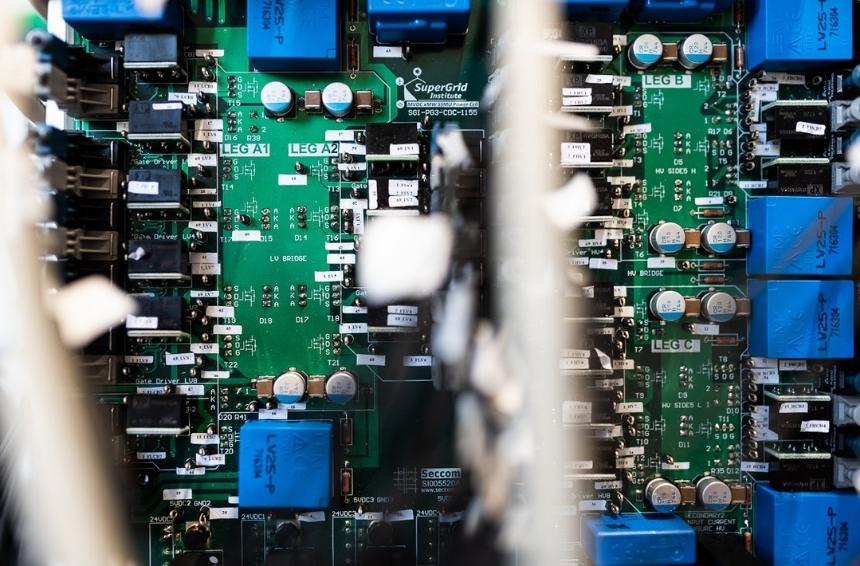
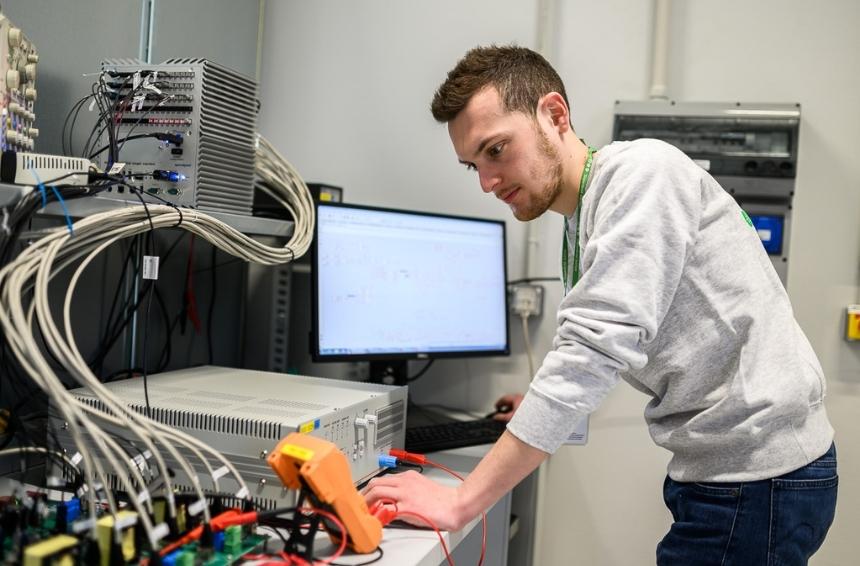
Advanced testing facilities enable us to perform full characterisation tests on power components up to many kVolts and kAmps, as well as back-to-back converter testing combined with a 100 kW deionised water cooling heat exchanger.
Our research includes:
Recent publications
OPHELIA: unlocking the full potential of linear photovoltaic power plants
OPHELIA, the first real-life MVDC long linear PV demonstrator in France, is now fully operational! Commissioning tests were successfully completed.
Development of Frequency-dependant DC equivalent models for Multi-terminal DC grids
This paper highlights two DC grid equivalent models: a simple RLC model and a frequency-dependent reduced-order model.
A major milestone for the FOR²ENSiCS project has been reached with the development of a 10 kV DC/DC transformer prototype
The FOR²ENSiCS project has reached a major milestone: the successful development of a 10 kV DC/DC transformer prototype!



